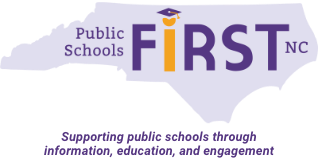Since the implementation of No Child Left Behind (NCLB) there has been more testing and greater consequences for poor results. Despite these efforts to close the achievement gap, Linda Darling-Hammond notes that “U.S. performance on the Program for International Student Assessment (PISA) declined in every subject area between 2000 and 2012—the years in which these policies have been in effect.”
The Teaching and Learning International Survey (TALIS), released by the Organization for Economic Cooperation and Development (OECD), found that compared to teachers in other places, American teachers work harder under more challenging conditions. They receive “less useful feedback, less helpful professional development, and have less time to collaborate to improve their work.” In fact, two-thirds feel that the teaching profession is not valued by society; a factor that OECD says is linked to student achievement.
U.S. teachers spend more time directly instructing children and work more hours per week, on top of having larger class sizes when compared to other countries. They have less time for planning and collaborating with others in order to improve professionally.
Here are some policies followed in countries that ranked highly on the survey and in student achievement:
- Address inequities that undermine learning: Studies show that the U.S. supports its children less well than do other countries that have universal health care and early childhood education, indicators that are linked to higher graduation rates. These countries also devote more resources to educate disadvantaged students.
- Value teaching and teacher learning: Higher student achievement is found in countries where teachers feel their profession is valued. Recognizing the value of the teaching profession results in high-quality professional learning for continued improvement.
- Redesign schools to create time for collaboration: Higher-performing countries allow time for teacher collaboration.
- Create meaningful teacher evaluations that foster improvement: U.S. teachers felt the feedback they received was not as useful for improving instructions compared to their peers in other countries.
Read this important article by Linda Darling-Hammond and learn more about the how the “teaching gap” might be closed.
